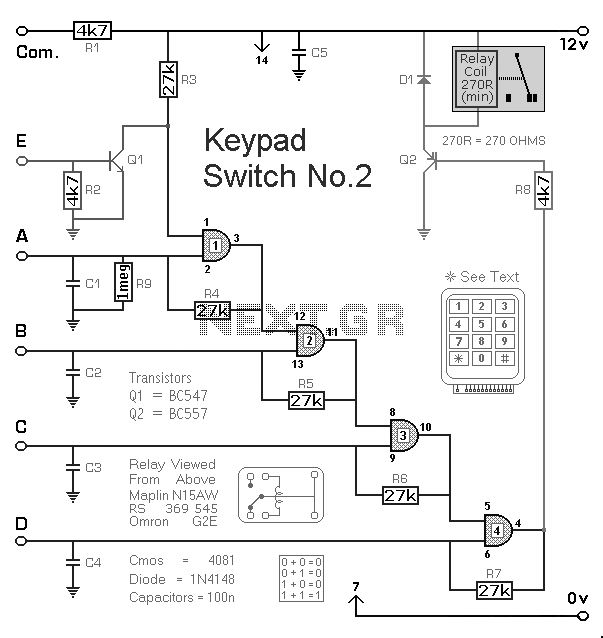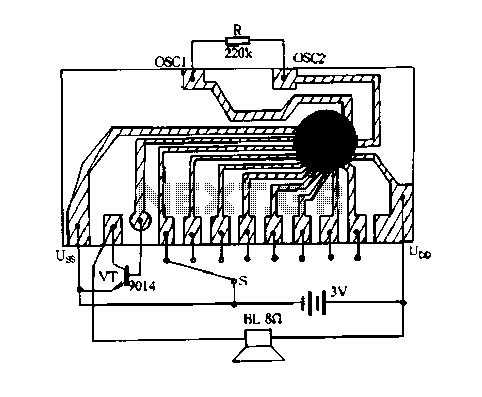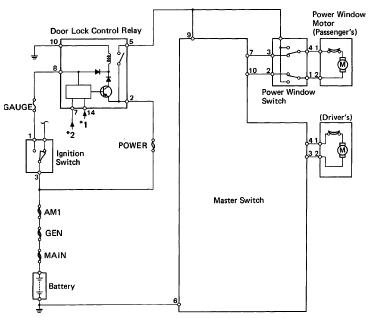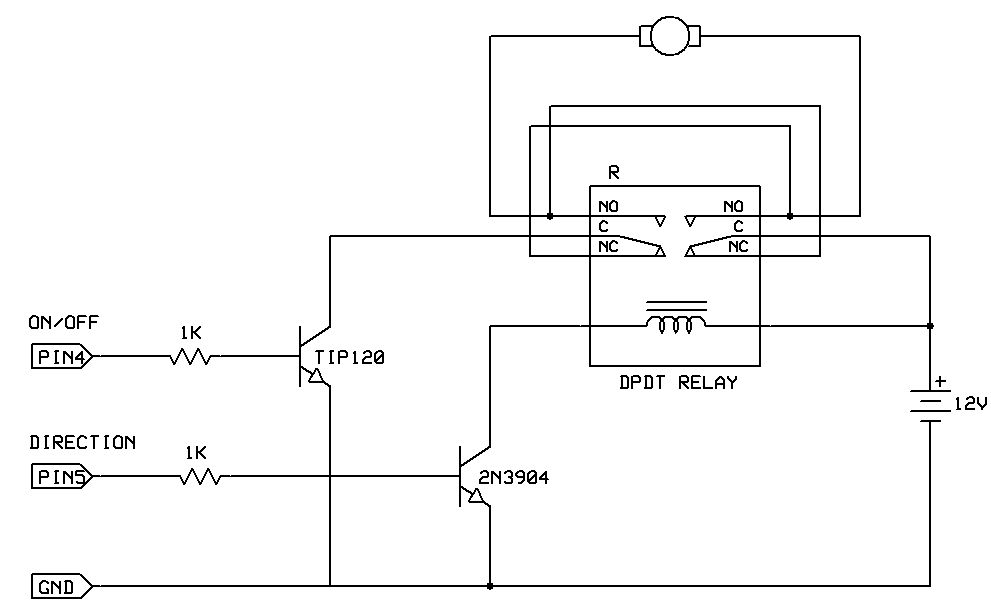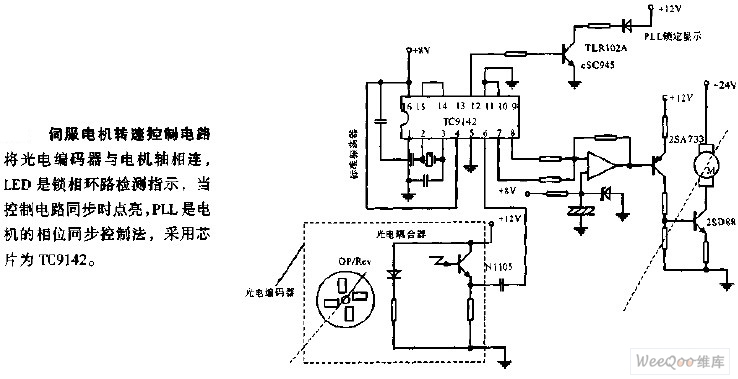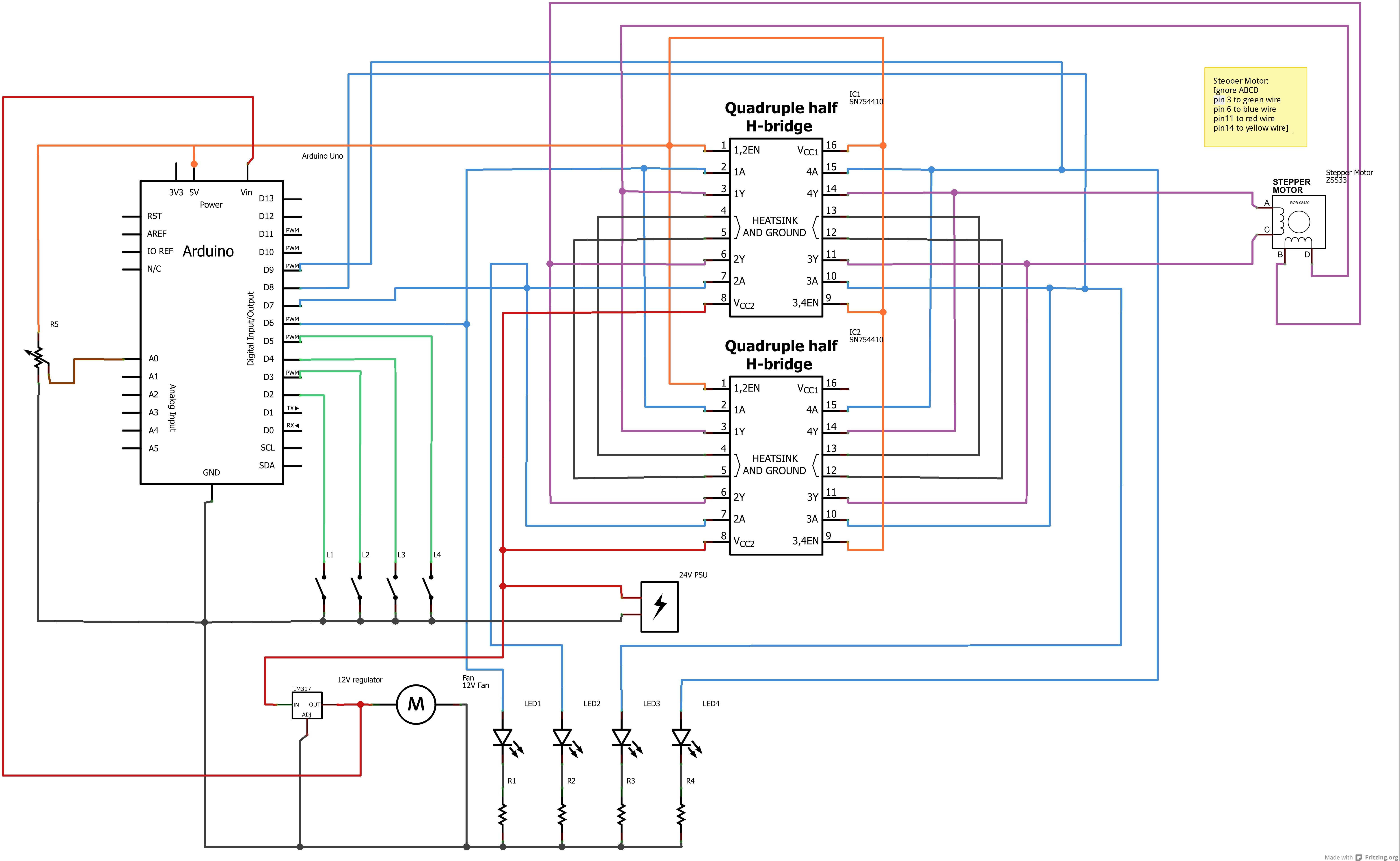
Kodiak Military History Fire Control Telephones

The EE-91 is a wall-mounted metal telephone box. It is a common battery phone, meaning the transmitter current is sourced from the central office battery. It features a single gong ringer and is equipped with a hand generator for signaling magneto lines. An antisidetone circuit is included in its design. The EE-91 utilizes a TS-12 handset, which is not included with the unit. When the EE-91 is installed in a wooden box for outdoor use, it is referred to as the EE-92. Conversely, when mounted in a metal box for outdoor applications, it is designated as the EE-93. In TM 11-2052, which covers the BD-95 and BD-105 switchboards, the EE-91 is depicted as the operator's telephone in Figure 2. Compatible devices for use with the EE-91 include the HS-17-A head and chest set, TD-2 chest set, and HS-30 headset. Figure 5 in the same manual shows the EE-91 with a TS-12 handset. Schematics for the EE-91 can be found on pages 40 and 41. The primary references for the EE-91 are the phone itself, which is evidently a common battery phone unless paired with a sound-powered handset, and the manual for the BD-95/BD-105 switchboard, which provides extensive information about the EE-91. The EE-91 is exclusively utilized as the operator's phone, receiving talk battery from the switchboard, while no battery is supplied to the subscriber lines, as would be typical for a local battery magneto board like the EE-8. The schematic indicates that the transmitter is in series with the L1 side of the line, suggesting a carbon transmitter rather than a sound-powered dynamic type. The auxiliary equipment for the EE-91 lists the TS-12 handset and TD-2 chest set, though documentation on these items is lacking to confirm if they are carbon-based. The examined phones do not have any of these accessories attached. A general view of the EE-91 telephone, serial number 1919, reveals an unmarked handset containing a receiver (AECo D-5189-A Type 41 LU, 49 mm diameter) and a transmitter (AECo 41 D-38309-A UO, 54 mm diameter).
The EE-91 telephone box is designed for reliable communication in various environments, particularly in outdoor settings where durability is essential. The common battery operation allows for simple integration into existing telecommunication systems, making it suitable for installations where centralized power sources are available. The inclusion of a hand generator enhances its functionality, enabling users to signal over magneto lines without relying solely on external power.
The single gong ringer provides an audible alert for incoming calls, ensuring that users are notified promptly. The antisidetone circuit is a critical feature, as it minimizes echo and feedback during conversations, improving the overall user experience. The compatibility with various headsets and chest sets expands its usability, allowing for personalized configurations based on user preferences.
The schematic layout of the EE-91 indicates a straightforward design, with the transmitter placed in series with the line, which is characteristic of carbon transmitters. This design choice is likely to enhance audio clarity and reliability, especially in noisy environments. The absence of auxiliary equipment in the examined units suggests that the EE-91 can function effectively on its own, though the optional accessories provide additional versatility.
Overall, the EE-91 telephone box represents a practical solution for telecommunication needs, balancing durability, functionality, and compatibility with existing systems. Its design reflects a focus on user-centric features that enhance communication efficiency, making it an enduring choice for various applications.The EE-91 is a wall mounted metal telephone box. It is a common battery phone which means transmitter current is obtained from the central office battery. It is equipped with a single gong ringer. It has a hand generator for signalling magneto lines. It has an antisidetone circuit. It uses a handset TS-12 but it isn`t part of EE-91. When the EE-91 is mounted in a wooden box for outdoor use it`s called the EE-92. When the EE-91 is mounted in a metal box for outdoor use it`s called the EE-93. In TM 11-2052 (on the BD-95 and BD-105 switchboards) on page 2 a EE-91 is shown in Fig. 2 as the operator`s telephone. Listed for use with the EE-91 are: HS-17-A head and chest set, TD-2 chest set, HS-30 headset. On page 5 in Fig. 5, a EE-91 is shown with a TS-12() handset. Schematics of the EE-91 are on pages 40 and 41. My only references for the EE-91 are the phone itself (obviously a common battery phone, unless one used a sound-powered handset) and the manual on the BD-95/BD-105 switchboard which has quite a bit about the EE-91. They only use the EE-91 as the operator`s phone and provide it with talk battery from the switchboard.
However, none of the subscriber lines has battery supplied, as you would expect for a local battery magneto board for use with EE-8 or similar. The schematic of the phone shows the transmitter in series with L1 side of the line. This certainly suggests a carbon transmitter rather than a sound-powered dynamic. The auxiliary equipment for use with the EE-91 lists the handset TS-12 and a chest set TD-2. I can`t find any documents on either of these to determine if they are carbon. Our phones do not have any of these items attached. General view of EE-91 telephone s/n 1919 with unmarked handset containing receiver AECo D-5189-A Type 41 LU (49mm dia) and transmitter AECo 41 D-38309-A UO (54mm dia).
🔗 External reference
The EE-91 telephone box is designed for reliable communication in various environments, particularly in outdoor settings where durability is essential. The common battery operation allows for simple integration into existing telecommunication systems, making it suitable for installations where centralized power sources are available. The inclusion of a hand generator enhances its functionality, enabling users to signal over magneto lines without relying solely on external power.
The single gong ringer provides an audible alert for incoming calls, ensuring that users are notified promptly. The antisidetone circuit is a critical feature, as it minimizes echo and feedback during conversations, improving the overall user experience. The compatibility with various headsets and chest sets expands its usability, allowing for personalized configurations based on user preferences.
The schematic layout of the EE-91 indicates a straightforward design, with the transmitter placed in series with the line, which is characteristic of carbon transmitters. This design choice is likely to enhance audio clarity and reliability, especially in noisy environments. The absence of auxiliary equipment in the examined units suggests that the EE-91 can function effectively on its own, though the optional accessories provide additional versatility.
Overall, the EE-91 telephone box represents a practical solution for telecommunication needs, balancing durability, functionality, and compatibility with existing systems. Its design reflects a focus on user-centric features that enhance communication efficiency, making it an enduring choice for various applications.The EE-91 is a wall mounted metal telephone box. It is a common battery phone which means transmitter current is obtained from the central office battery. It is equipped with a single gong ringer. It has a hand generator for signalling magneto lines. It has an antisidetone circuit. It uses a handset TS-12 but it isn`t part of EE-91. When the EE-91 is mounted in a wooden box for outdoor use it`s called the EE-92. When the EE-91 is mounted in a metal box for outdoor use it`s called the EE-93. In TM 11-2052 (on the BD-95 and BD-105 switchboards) on page 2 a EE-91 is shown in Fig. 2 as the operator`s telephone. Listed for use with the EE-91 are: HS-17-A head and chest set, TD-2 chest set, HS-30 headset. On page 5 in Fig. 5, a EE-91 is shown with a TS-12() handset. Schematics of the EE-91 are on pages 40 and 41. My only references for the EE-91 are the phone itself (obviously a common battery phone, unless one used a sound-powered handset) and the manual on the BD-95/BD-105 switchboard which has quite a bit about the EE-91. They only use the EE-91 as the operator`s phone and provide it with talk battery from the switchboard.
However, none of the subscriber lines has battery supplied, as you would expect for a local battery magneto board for use with EE-8 or similar. The schematic of the phone shows the transmitter in series with L1 side of the line. This certainly suggests a carbon transmitter rather than a sound-powered dynamic. The auxiliary equipment for use with the EE-91 lists the handset TS-12 and a chest set TD-2. I can`t find any documents on either of these to determine if they are carbon. Our phones do not have any of these items attached. General view of EE-91 telephone s/n 1919 with unmarked handset containing receiver AECo D-5189-A Type 41 LU (49mm dia) and transmitter AECo 41 D-38309-A UO (54mm dia).
🔗 External reference
Warning: include(partials/cookie-banner.php): Failed to open stream: Permission denied in /var/www/html/nextgr/view-circuit.php on line 713
Warning: include(): Failed opening 'partials/cookie-banner.php' for inclusion (include_path='.:/usr/share/php') in /var/www/html/nextgr/view-circuit.php on line 713
